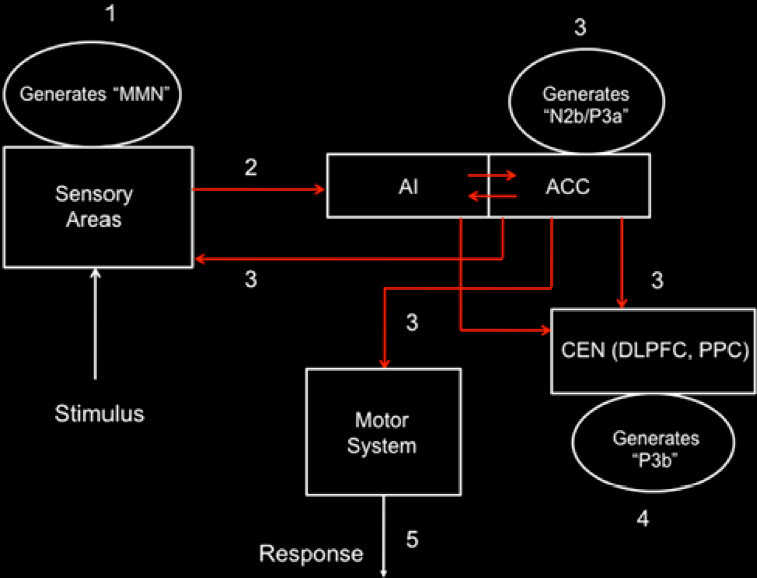Summary: List blog topics that will help prepare review for a journal about fatigue.
Student: You have been invited to write a review about Fatigue and RPE. Congratulations!
Professor: Thank you, Simone Cairns of Auckland University of Technology, New Zealand for setting up the invitation. The actual invitation came from Fred Friedberg, for his journal: “Fatigue: Biomedicine, Health & Behavior”
And its temporary title is, “How can our perceptions become factors limiting prolonged performance?”
Student: First of all, what do you do this summer?
Professor: Anne and I spent a wonderful week at Lake Dunmore visiting with her Vermont son and his family. Below is an evening photo from the dock with canoe and kayak below the cottage.
Student: Well did you do anything related to exercise science?
Professor: Yes. I did get in some interesting reading about:
- High Intensity Interval Training (HIIT, Ref. 1); my brother, Karl, mentioned this to me. I discovered that this has become my preferred exercise mode since I was about 60 years old, about 12 years ago!
- Fatigue and Fatigability; Enoka (Ref. 2) helped me bridge my conceptual gap that existed between acute and chronic fatigue.
- Talk Test (Ref. 3); hey, I used this with cardiac and pulmonary patients 30+ years ago to avoid talking to themselves in paragraphs and not exercise hard enough.
- Pacing and decision making; a recent review by Smits, Pepping, & Hettinga (Ref. 4) validated my concepts about perception merging into action by using Cizek’s Affordance Competition Hypothesis (e.g., see Sensory Processing Part 2).
Student: And what are your proposed topics for Fall 2014?
Professor: First I suggest we review the following:
- What limits the ‘mix’ of perceptions that one experiences?
- Reticular thalamic sensory gates do not allow passage of ‘unwanted’ info and
- Use of ‘searchlight’ by posterior insula during body scan to change ‘mix.’
- How are the intensities of perceptions estimated and reported?
- Anterior-middle insula estimates the magnitude of the intensity, and
- Internal talk sets up the reporting of symptom intensity.
- How do I
- process my perceptions,
- select my actions from predictions of possible outcomes, and
- report my symptoms?
- Well, I can use the Six Stages of Perceptual Processing
with the first five stages shown below and provided by Menon and Uddin (Ref. 5) and
Figure 3 from Menon & Uddin, Ref. 5
- with the sixth stage for symptom reporting added in my last post (Sensory Processing Last Part) (see Ref. 6 for background on question interpreting and Ref. 7 for internal speech production modeling).
Student: Great start of a list. I was a bit confused about these key concepts when I reread your posts from spring and summer.
Student: But how will you use the next posts in preparing the review on Fatigue and RPE?
Professor: The additional blog posts will explore topics that will be in the Fatigue Manuscript to:
- Review limiting factors that lead up to ‘task failure’ or decline in ‘activities of daily living;’
- Review definitions for overall fatigue and exertion, as well as aversion, exhaustion, and other key nuisances limiting activity;
- Explore how changes in symptom processing during prolonged exercise interact with critical cortical, subcortical, and peripheral neurophysiological and metabolic processes, and
- Look in a Crystal Ball for the important present and future areas of research and real-world applications for measuring fatigue and overall exertion.
Take Home Point: Now the Fall 2014 series is started that leads to a manuscript written as a review.
Next: How come we are not overwhelmed by all our sensations?
References:
- Gillen JB, Gibala , MJ. (2014) Is high-intensity interval training a time-efficient exercise strategy to improve health and fitness? Appl Physiol Nutr Metab 39: 409– DOI: 10.1139/apnm-2013-0187.
- Enoka RM. (2012) Muscle fatigue – from motor units to clinical symptoms. Journal of Biomechanics 45: 427–433. DOI: 10.1016/j.jbiomech.2011.11.047.
- Lyon E, Menke, M, Foster C, Porcari JP, Gibson M, Bubbers T. (2014) Translation of incremental talk test responses to steady-state exercise training intensity. J Cardiopulm Rehab Prev 34: 271–275.
- Smits BLM, Pepping G-J, Hettinga FJ. (2014) Pacing and Decision Making in Sport and Exercise: The Roles of Perception and Action in the Regulation of Exercise Intensity. Sports Med 44: 763–775. DOI: 10.1007/s40279-014-0163-0.
- Menon V, Uddin LQ. (2010) Saliency, switching, attention and control: a network model of insula function. Brain Struct Funct 214: 655–667. DOI: 10.1007/s00429-010-0262-0.
- Specht K. (2014) Neuronal basis of speech comprehension. Hearing Research 307:121-135. DOI. 10.1016/j.heares.2013.09.011.
- Hickok G (2012) Computational neuroanatomy of speech production. Nature Reviews Neuroscience 13: 135-145 DOI: 10.1038/nrn3158.

